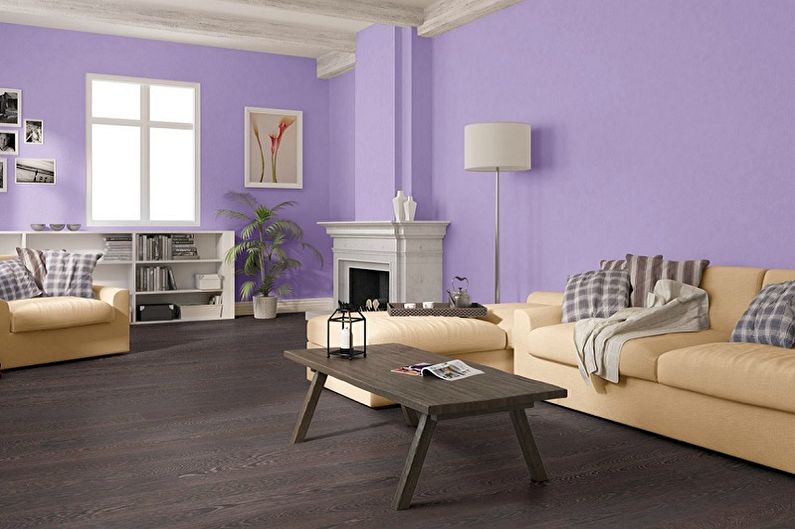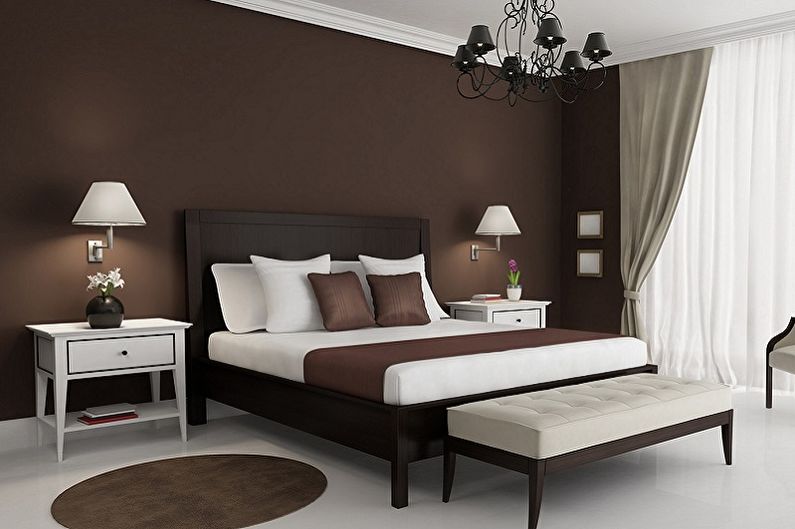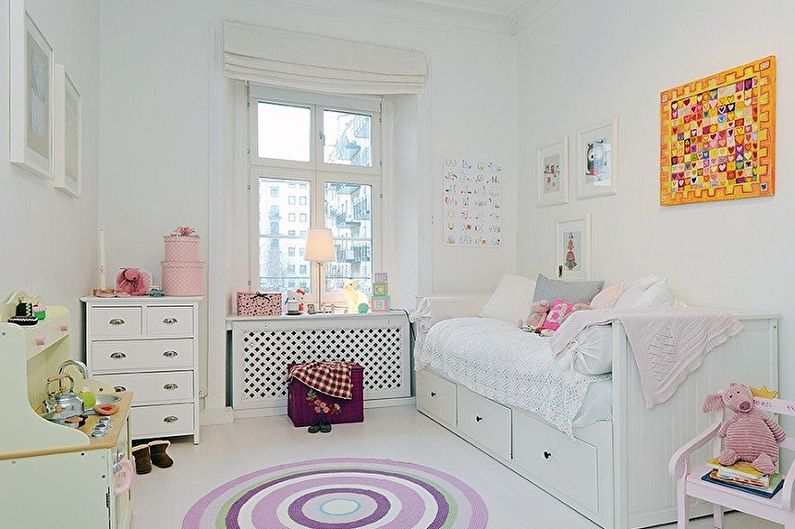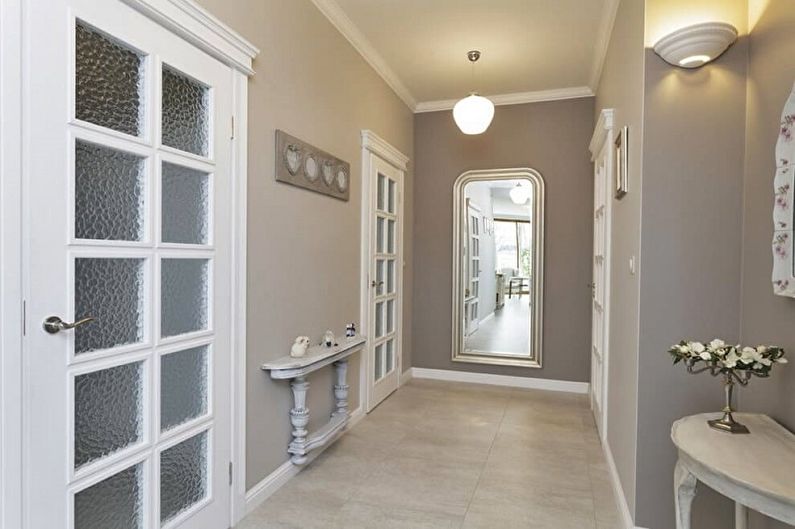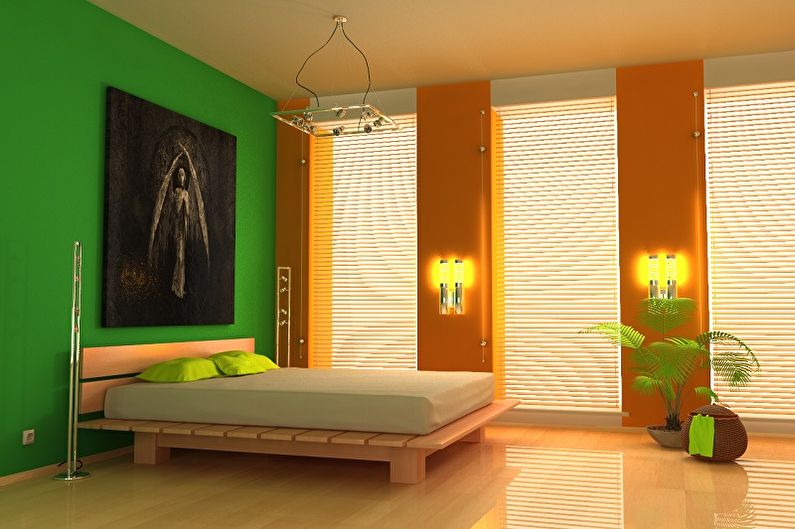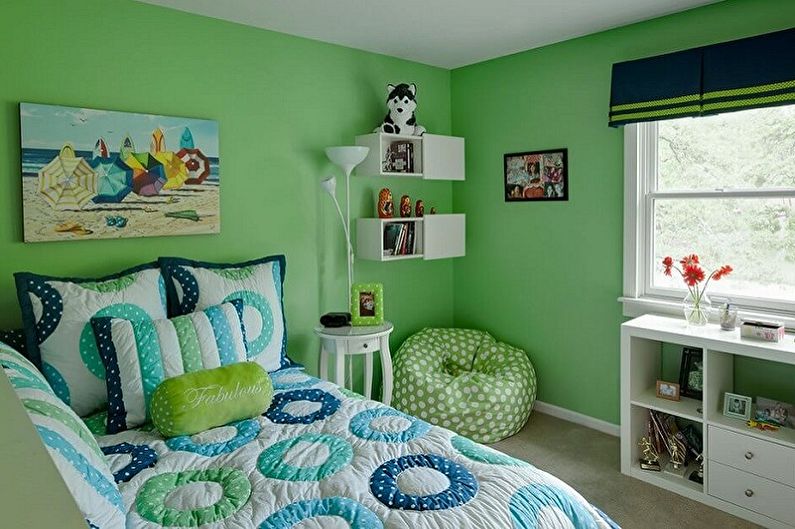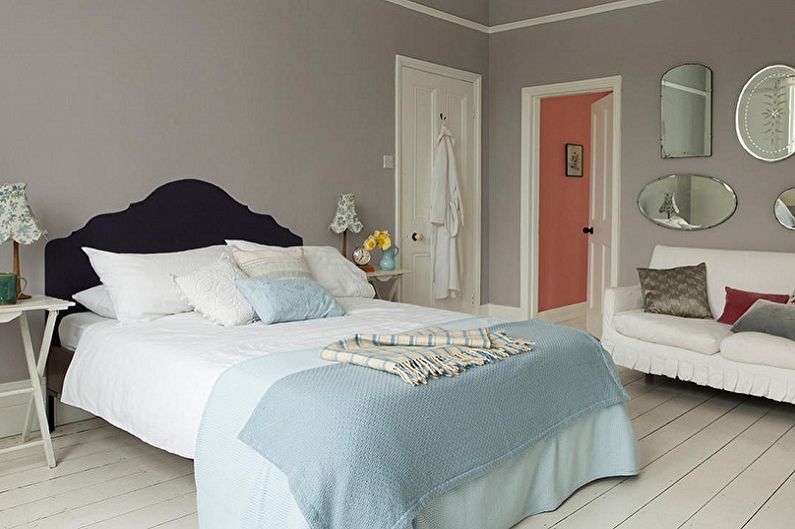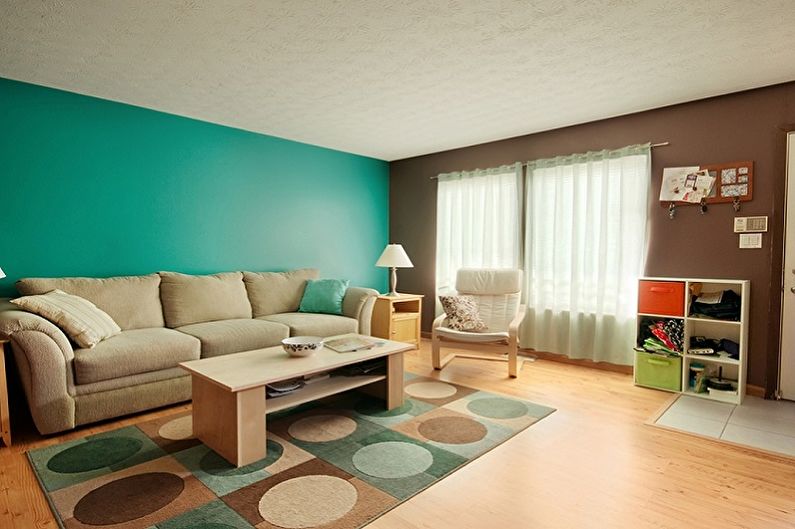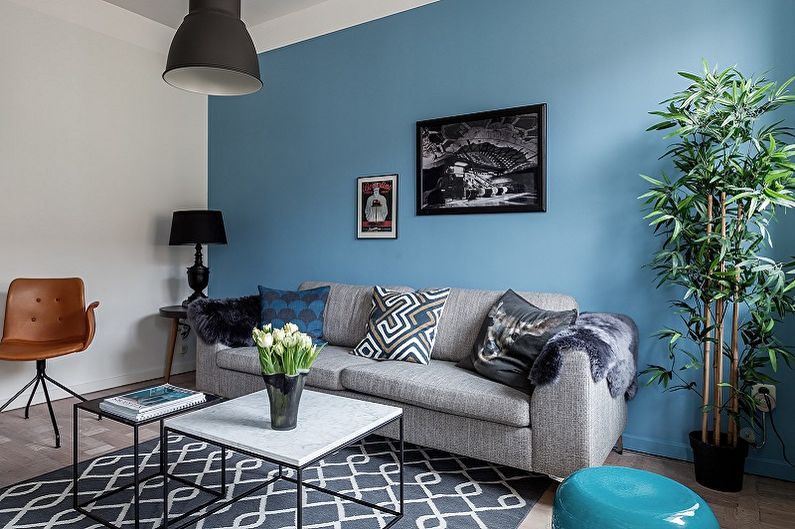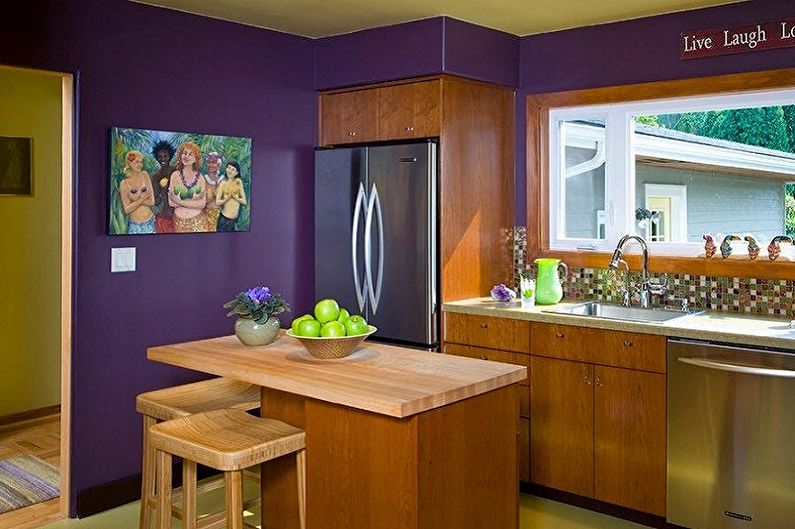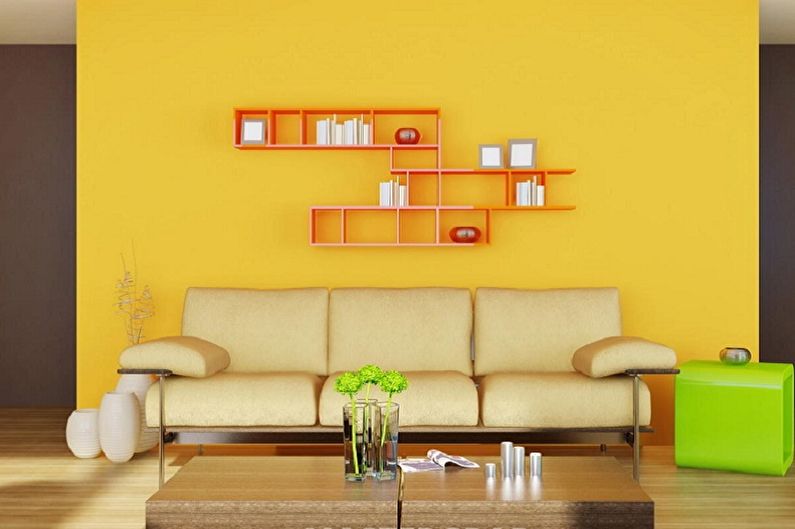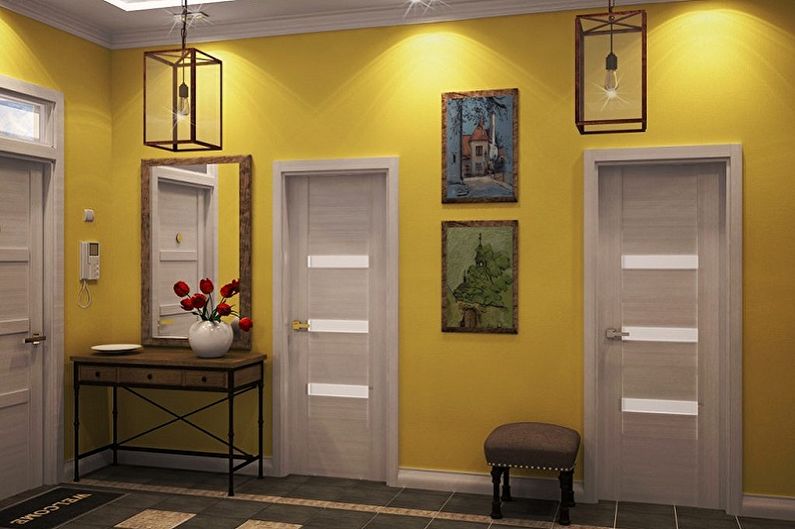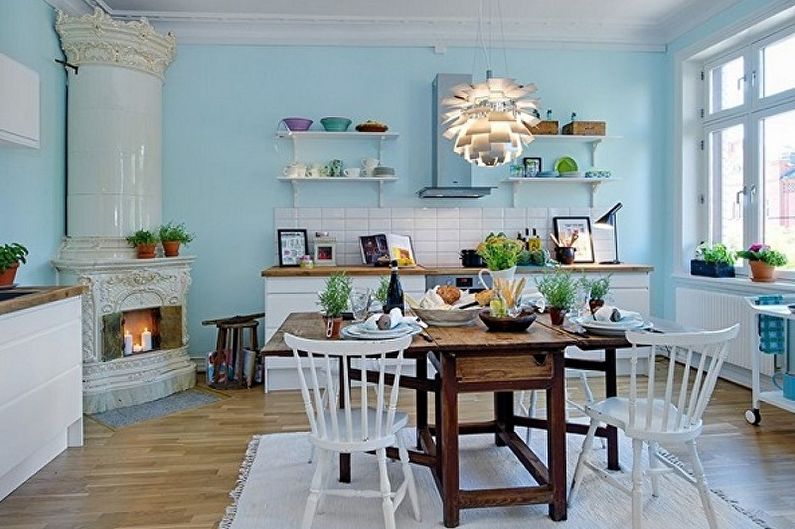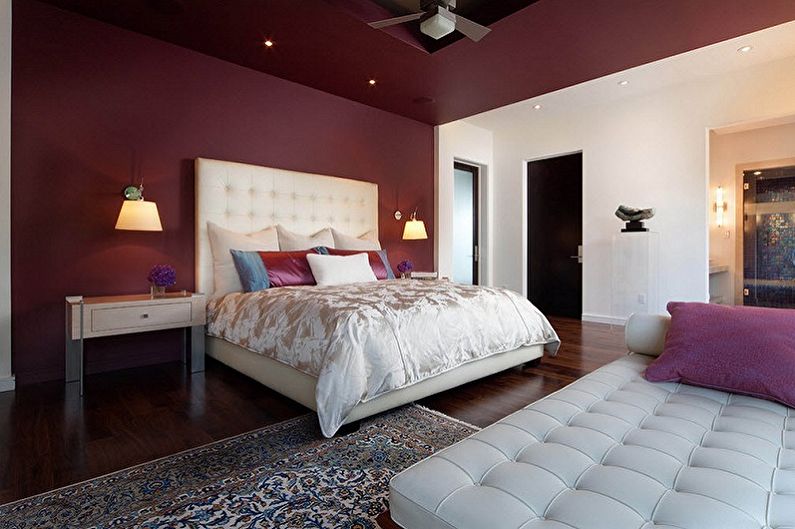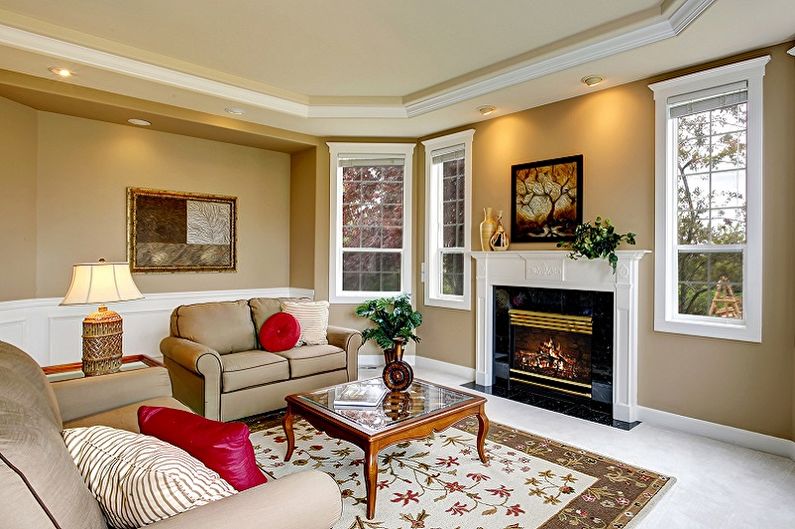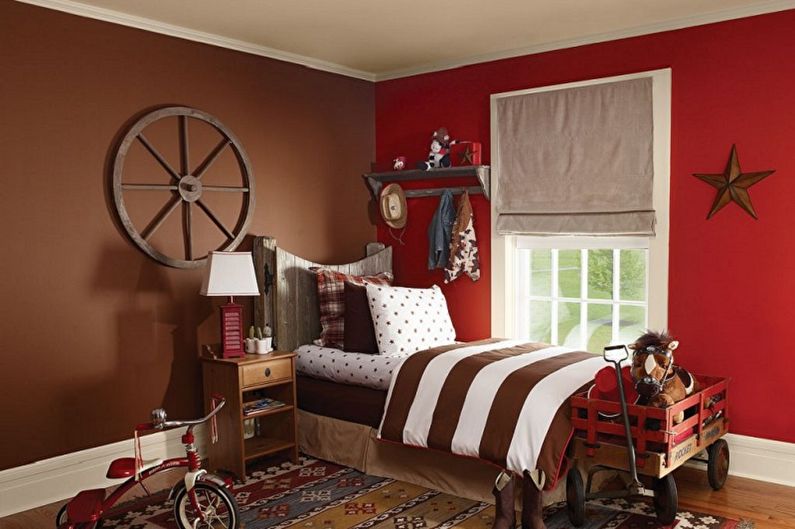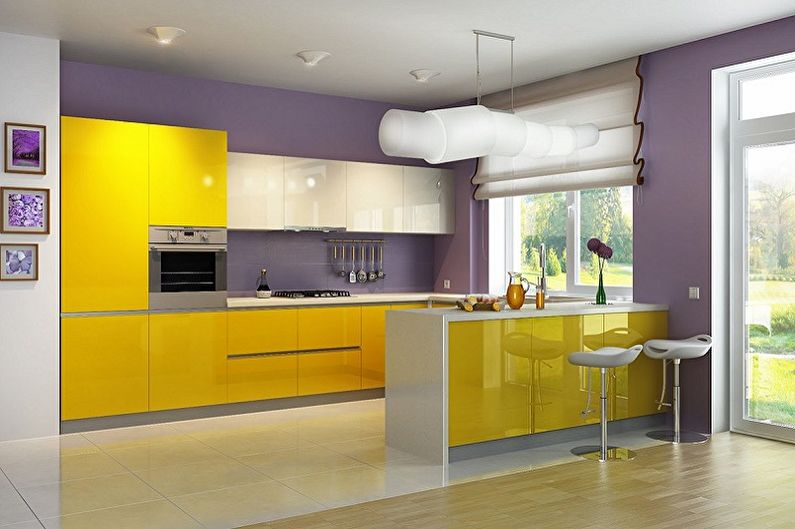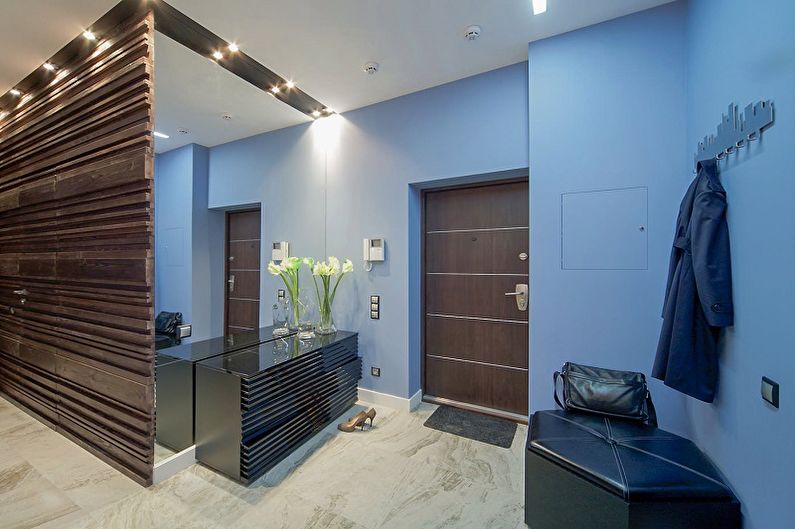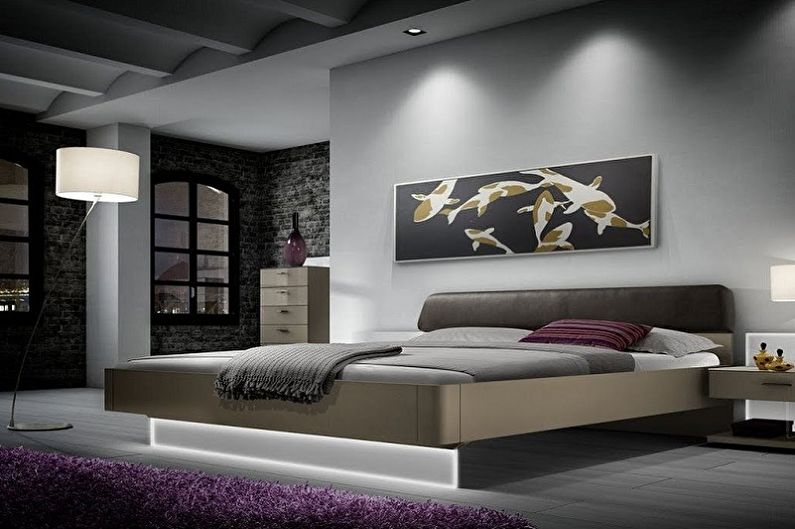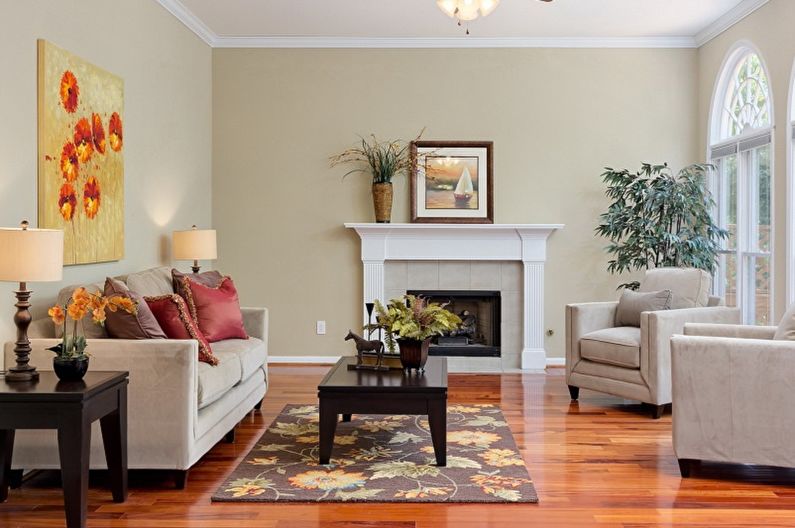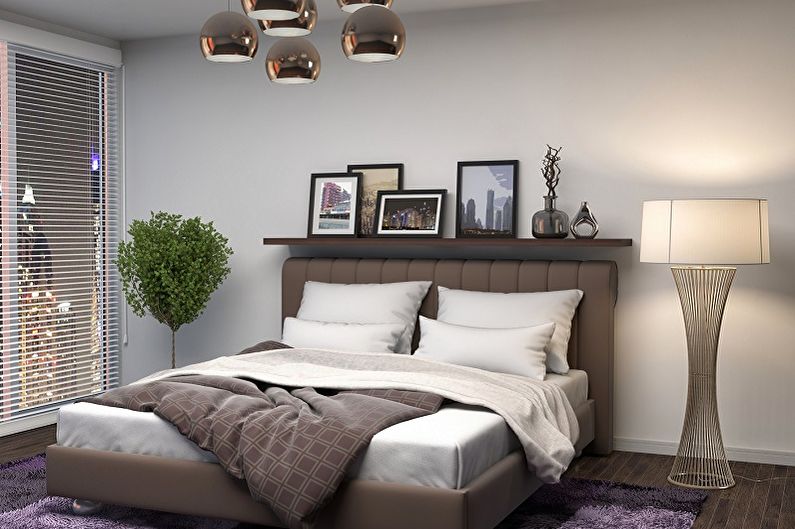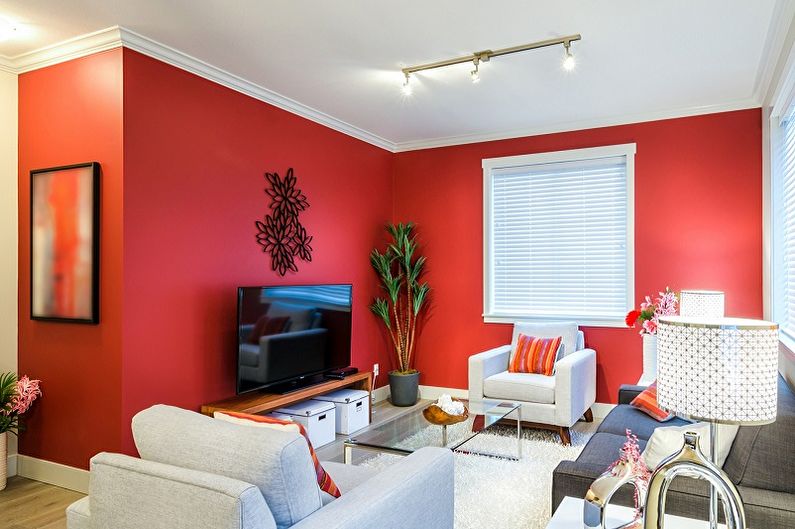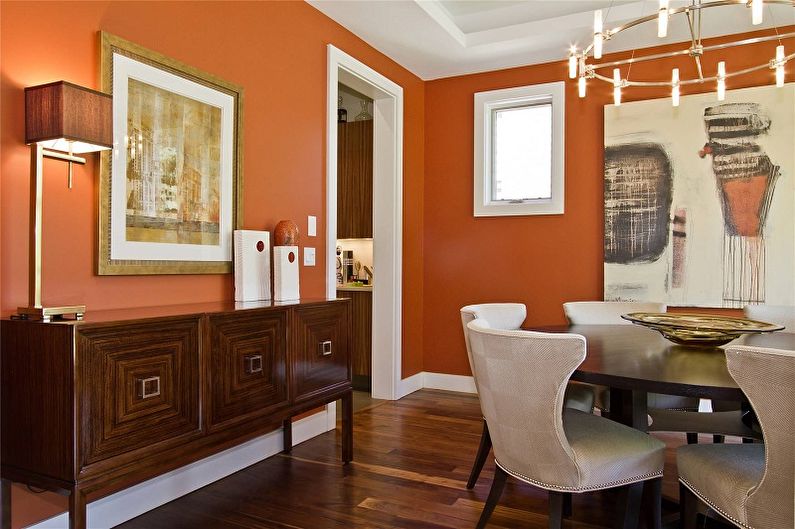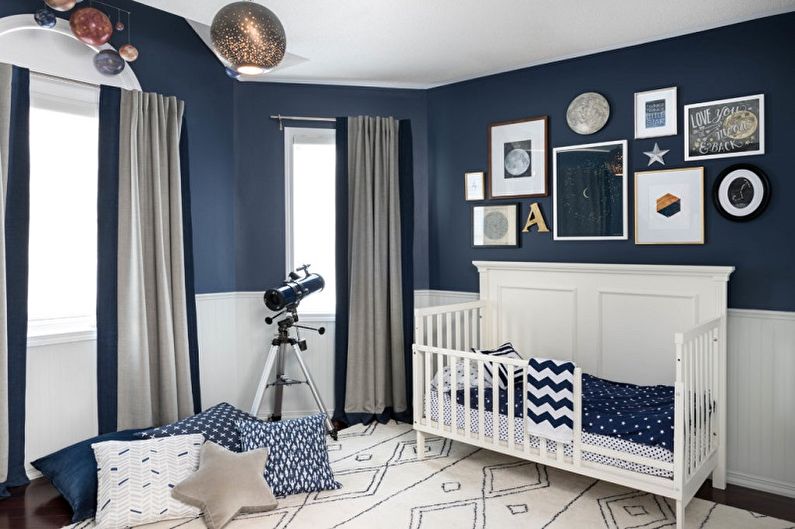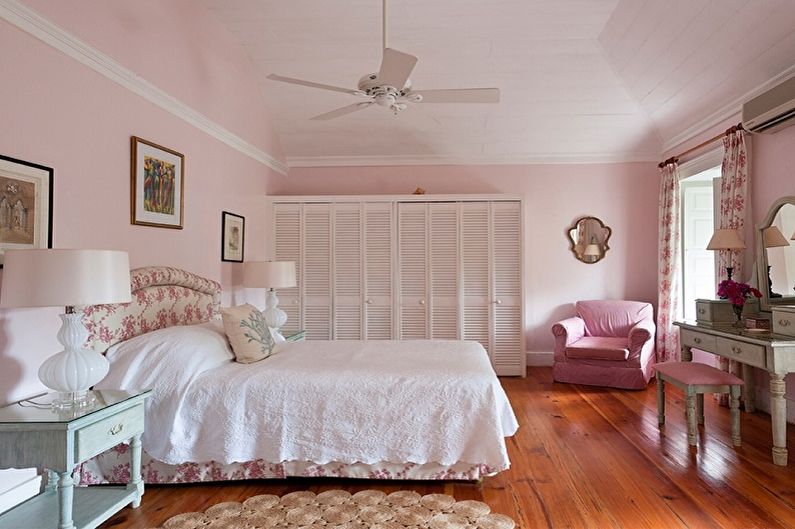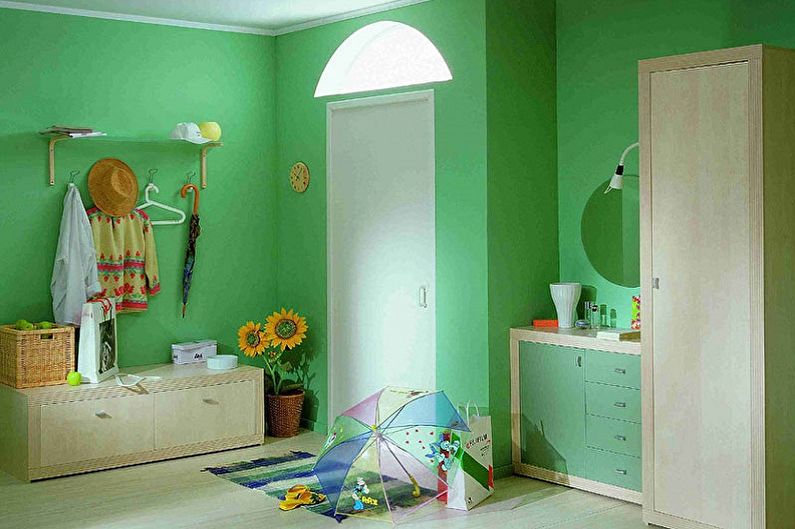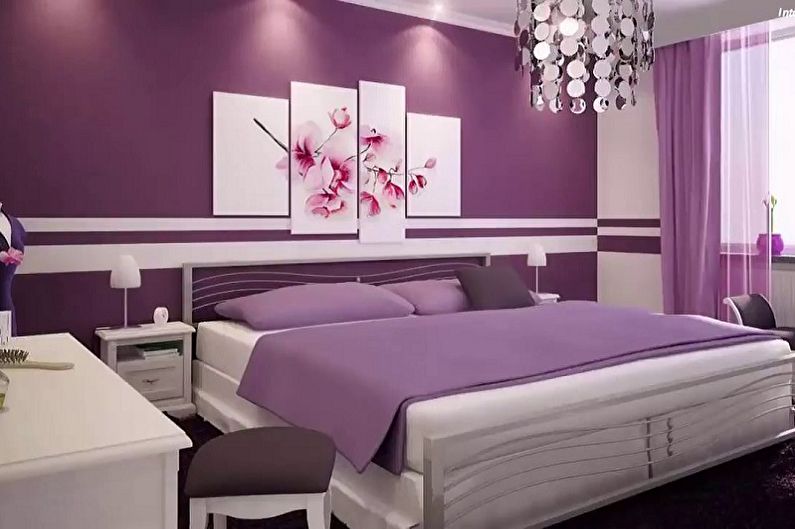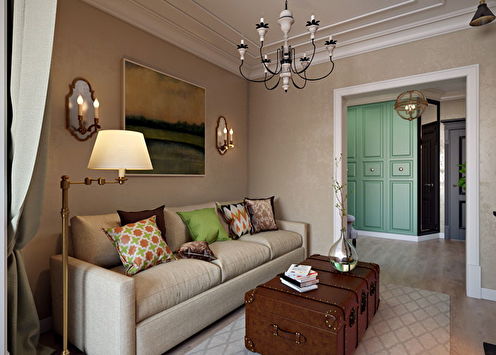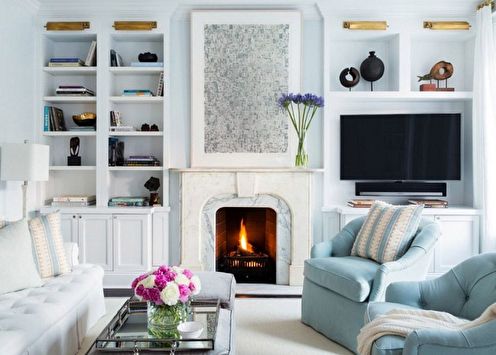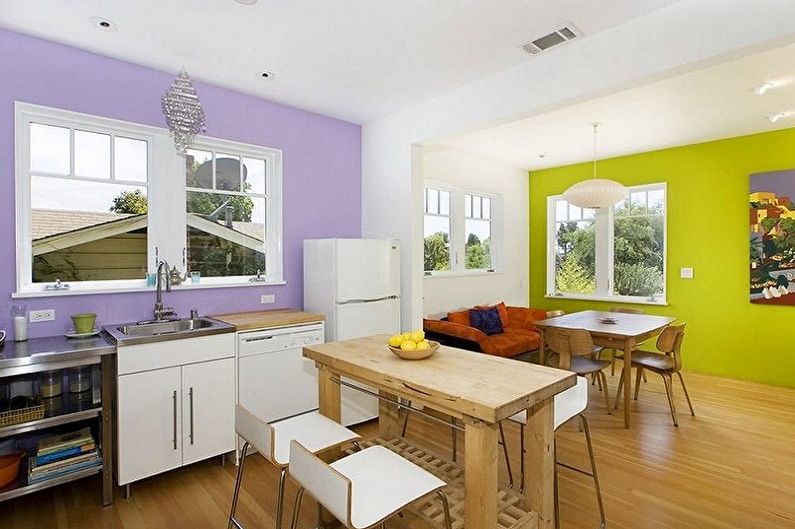
The right choice of paintwork for walls will make repairs more comfortable and faster. Today, there is a huge variety of colors in composition, color, as well as the effect that you want to get in the end. In order not to make a mistake with the purchase, it is necessary to take into account the individual properties, pros and cons of each material. Our article will tell you about the most relevant types of wall paint, their advantages, application in different rooms, as well as the criteria that you should pay attention to when choosing.
Types of paints
If you decide to find a worthy alternative to wallpaper or update already painted walls - then it's time to find out about the most popular varieties of paints that manufacturers offer:
Silicone paint for walls
A unique type of wall covering that has the ability to self-clean. This has a positive effect on the absence of stains, dirt and dusty stains. Use silicone paint in different rooms of the house or office, because it has a high environmental friendliness and proven durability. Such a coating often mask scratches up to 3 mm in size. The composition of this paint material may contain antibacterial elements, which is also a distinctive characteristic.
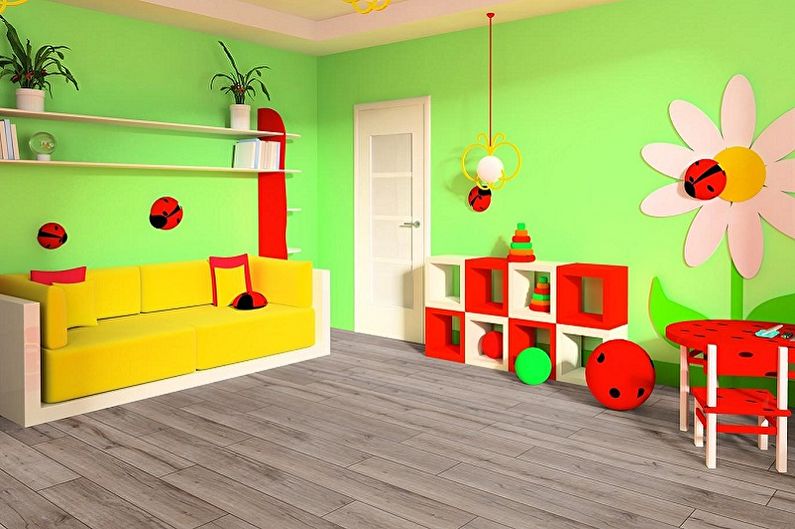
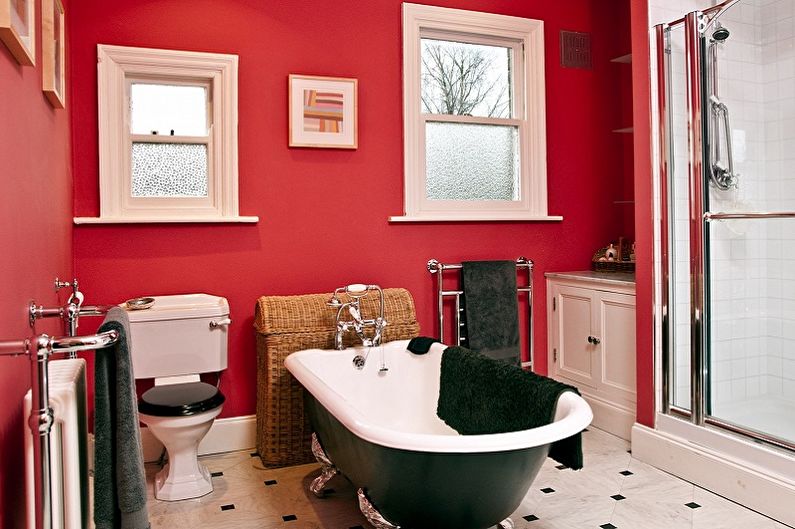
Acrylic paint for walls
It is famous for its elasticity and high moisture resistance. The external variety of colors is very rich in interesting shades. Another significant advantage is the fact that, if desired, you can create your own original shade right in the store. A special machine mixes different pigments, and you become the creator of a new interesting tone for your home.
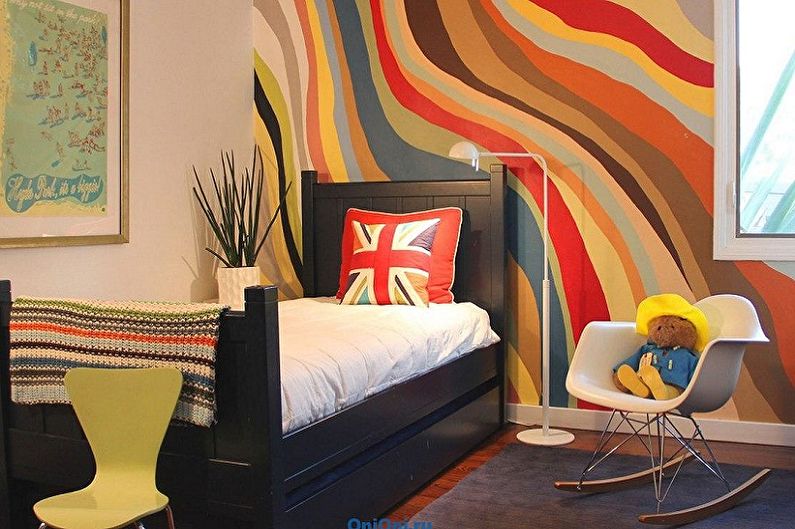
Latex paint for walls
This is a very good option for painting old wallpapers. This is evidenced by low vapor permeability, ease of washing, as well as durability. Appearance may differ in brightness or neutral tones. Because of its durability, latex paint is popular in kindergartens, schools, and other educational or recreational facilities.
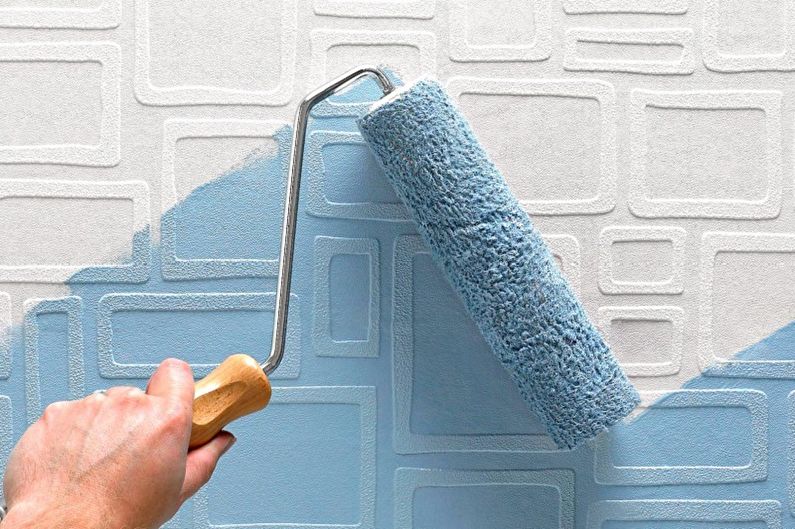
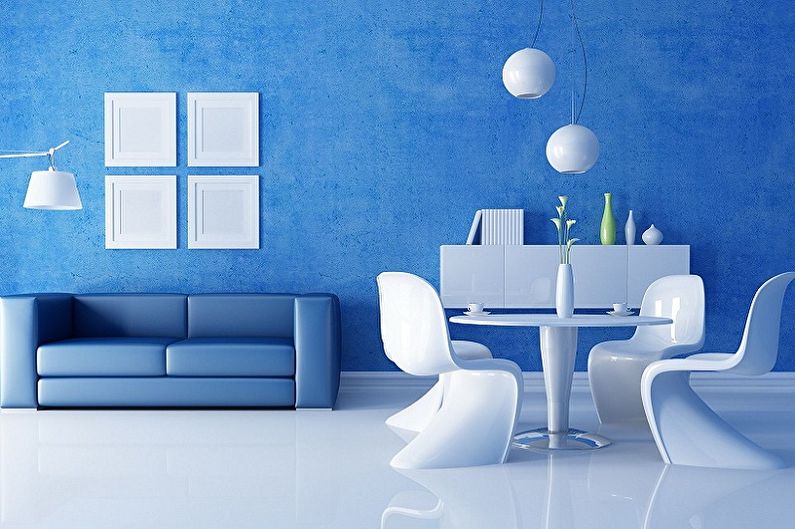
Water-based paint for walls
One of the most budget types of wall coverings. The composition includes a combination of different pigments that dissolve in water. The advantages of water-based paint include environmental friendliness, brightness, and ease of maintenance (use simple detergents to clean).

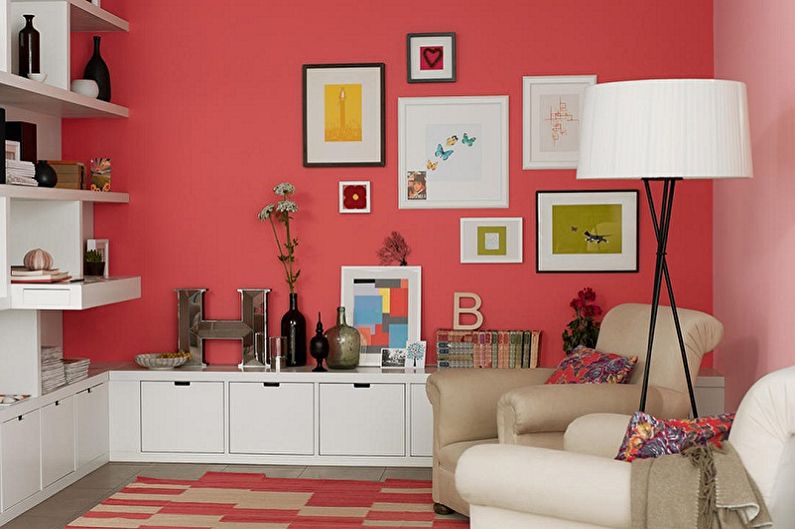
Alkyd Enamels
The design of this type of wall paint may vary. There are matt, semi-gloss and glossy options. Among the distinguishing features are abrasion resistance and aesthetic appearance. Alkyd enamels dry quickly enough (compared to other types of paints and varnishes), but have a slightly pungent odor, which takes some time to weather.

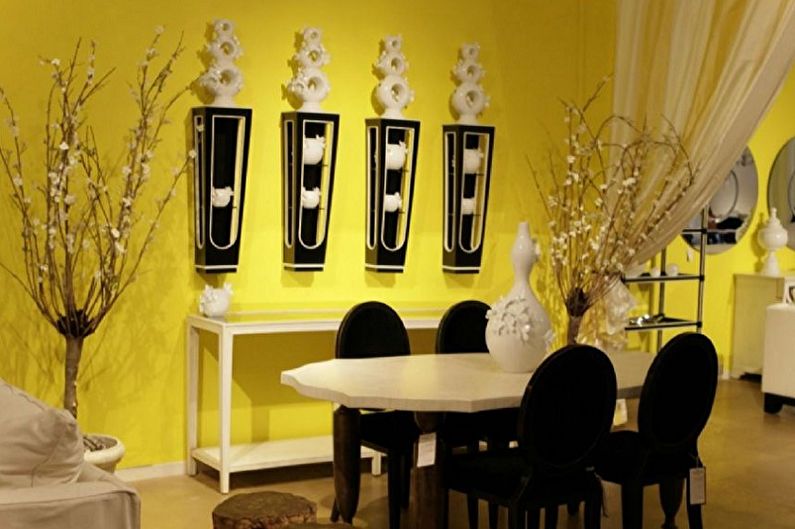
Paint in the interior of different rooms
The choice of paint and varnish material for the wall surface should depend not only on the properties and appearance of the product, but also on the purpose for different rooms.
Wall paint in the bedroom
For a cozy sleeping corner, an emulsion and silicone base is great. The first one will perfectly mask any irregularities, cracks and scratches on the walls, absorb excess moisture, and the second is suitable even for allergy sufferers due to its environmental friendliness. As for the structure, it is best to give preference to matte paints for the bedroom.
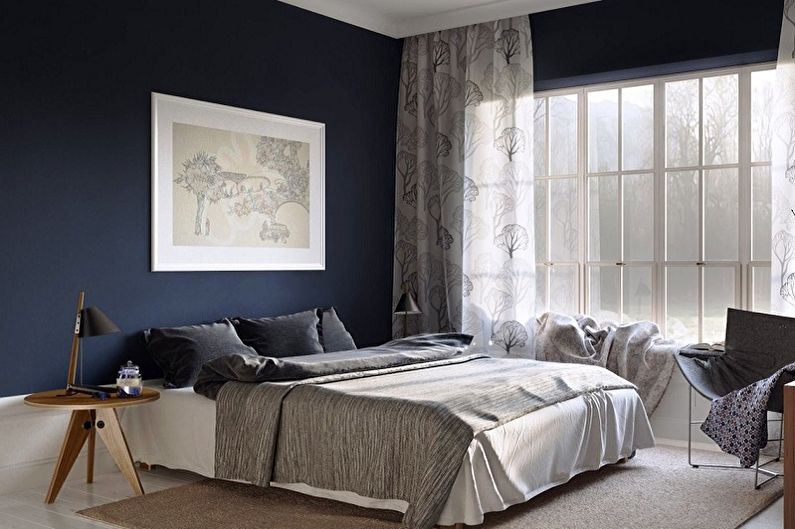
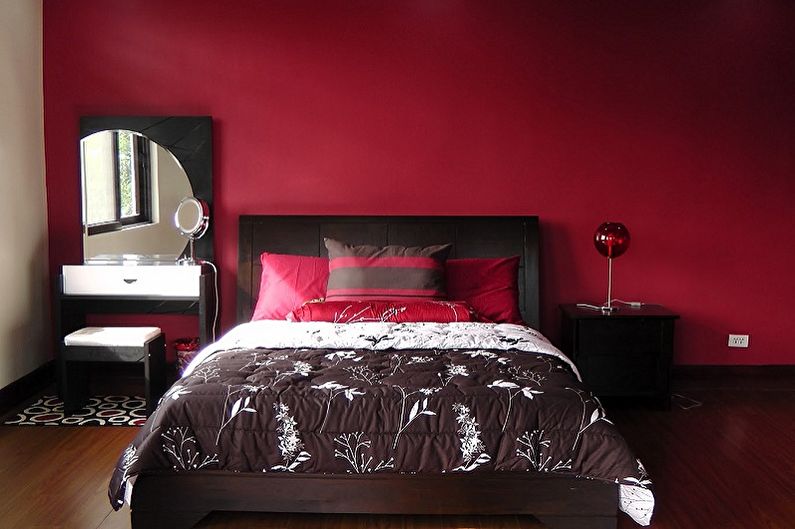
Paint for walls in the living room
Here, the use of bright alkyd enamel, latex or acrylic paint will be optimal.The latex product will be able to well cover the remnants of the old repair, acrylic paint will please with moisture resistance, and alkyd enamel will perfectly fit into the bright design, which is filled with rich colors.
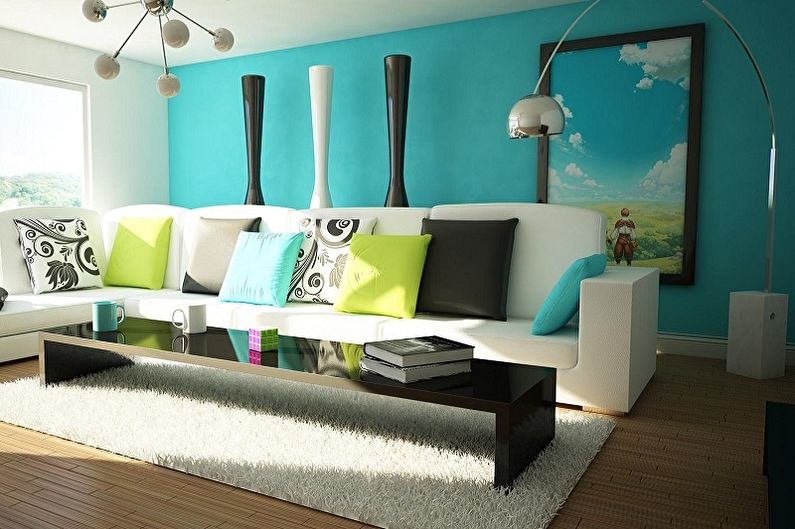
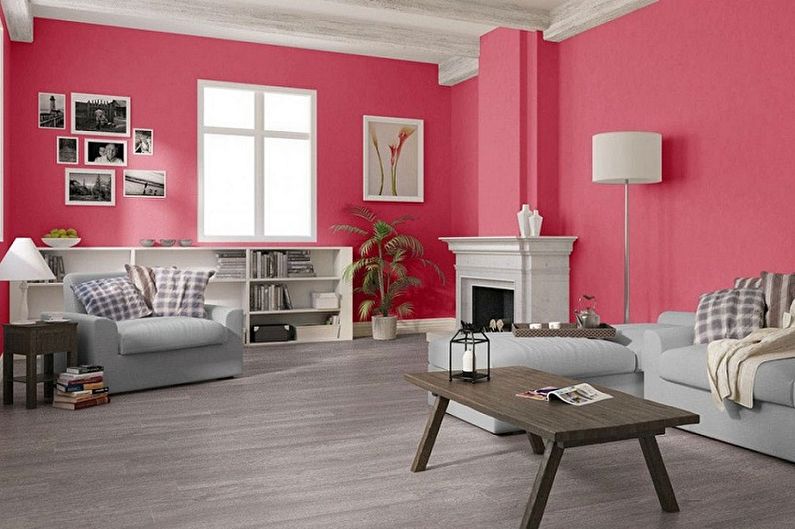
Paint for walls in a nursery
The use of acrylic paint, which is easily washed off, is very important for this room. The composition should be characterized by zero emission. This indicates the absence of any harmful components. Another good option for decorating a children's room is the use of adhesive paints, which are also beautiful and safe.
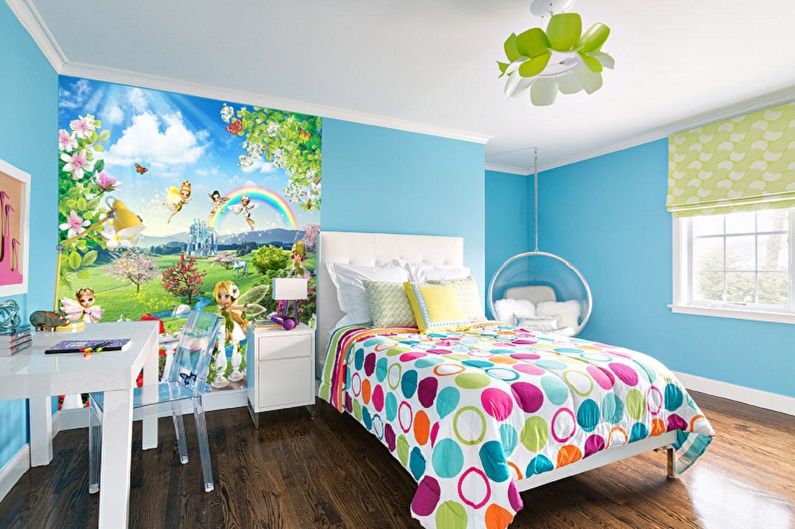
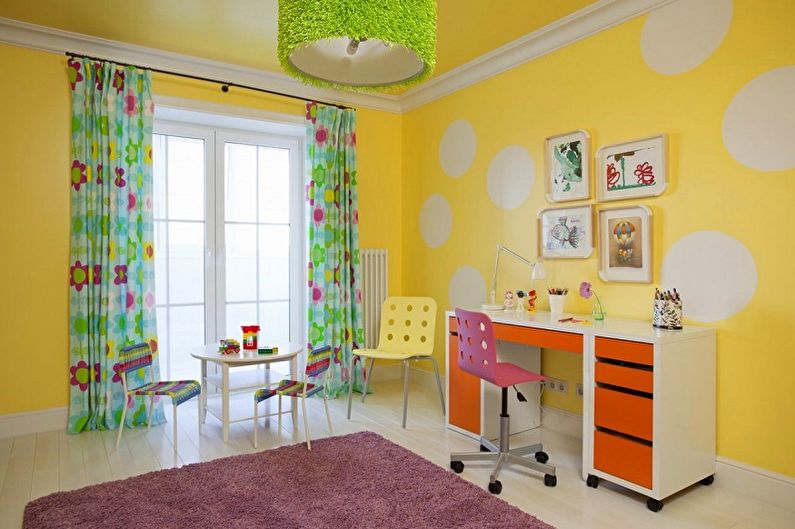
Paint for walls in the kitchen
The kitchen space is often the most difficult to keep in perfect cleanliness, so you should look at the acrylic paint (the walls can be tinted and refreshed at any necessary time) or the silicone product, which is famous for its high resistance.

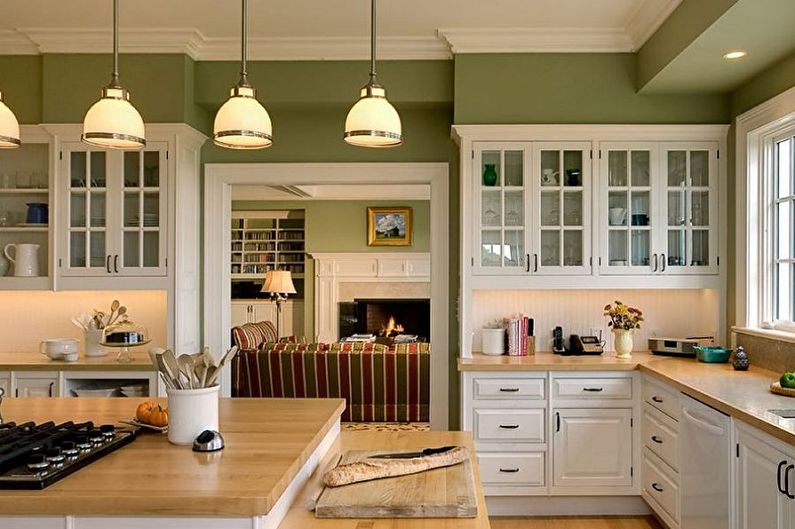
Paint for walls in the hallway
The best choice would be acrylic-latex (combined) or latex paint, which is resistant to chemical and mechanical damage, easy abrasion and has a huge variety of colors.
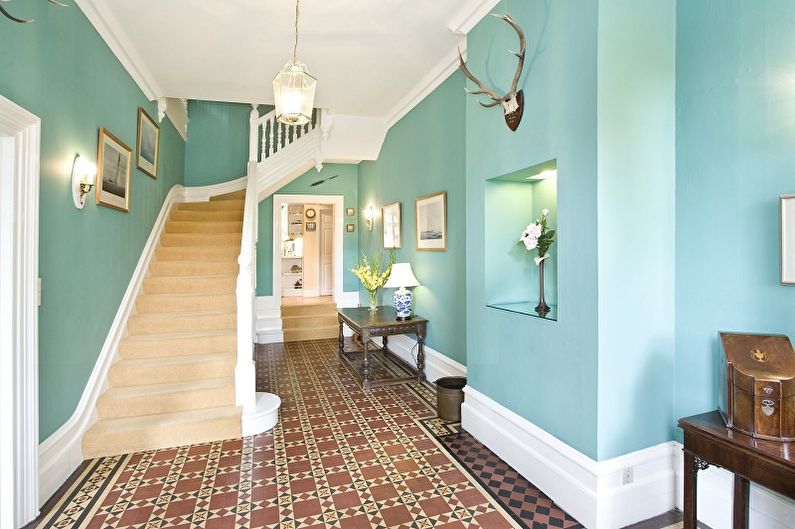
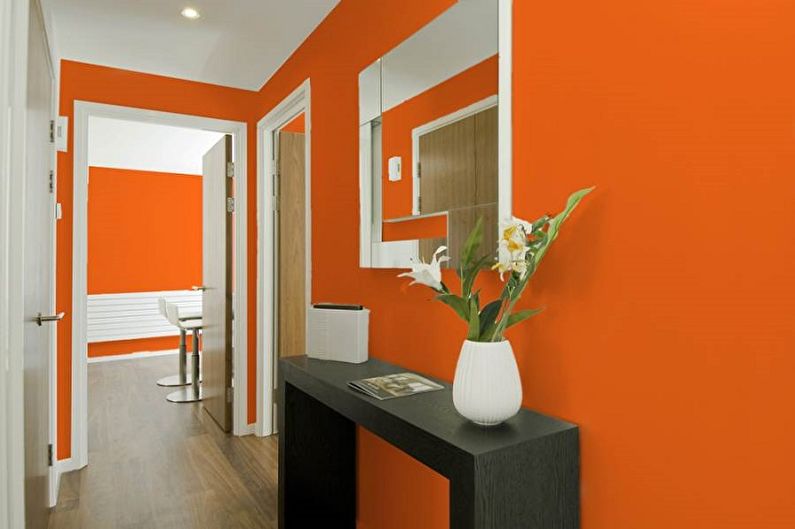
How to choose wall paint
Expert advice will help you choose wall covering twice as fast and more confidently. The first thing to consider when choosing a paint for walls is that you first need to determine the color scheme of the furniture, and only after that - with the tone of the finish. Also, it will not hurt to recreate the room of your dreams in the form of a computer or paper drawing using your favorite colors. This will help to look at the big picture from the outside and understand whether you want to give this or that look to this or that room. It is worth remembering that the color of floor and wall coverings should not differ by more than half a tone. Then the interior design will look aesthetically and elegantly, and not flashy.
For those who have not yet decided on the desired option, it is worthwhile to purchase several washable probes of different shades and paint different parts of the room in order to look at the result and make the right decision.
The matte base can easily hide all the errors of the walls, and glossy - to emphasize them. Therefore, the first coating is good to use on already painted walls, and the second will be relevant for initial repairs or for a completely smooth and cleaned surface.
The palette should be harmonious not only in one selected room, but throughout the house. The premises should complement each other, creating an overall beautiful background. It must be remembered that the color scheme should also depend on the chosen style solution. Each interior design has its own successful gamut of colors.

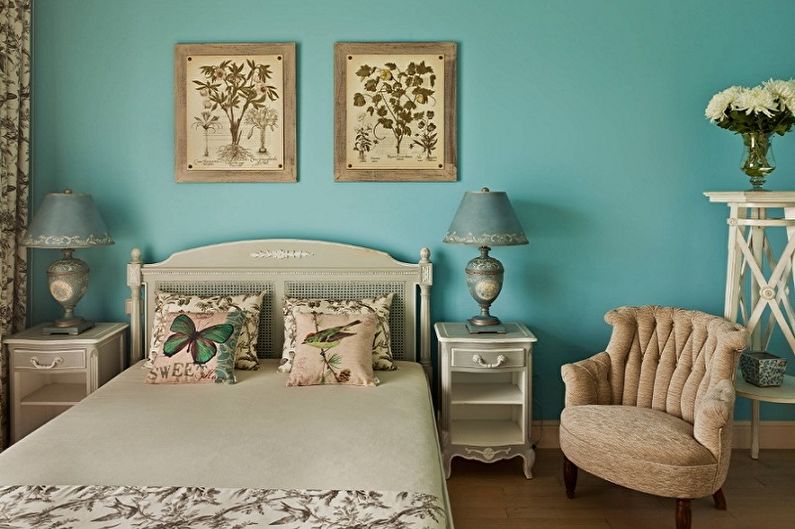

Paint for walls - photo
The photos chosen by us will help you familiarize yourself with the actual types of paints for walls, see how they look in the interiors of different rooms, and also choose the right wall covering. Enjoy watching!
